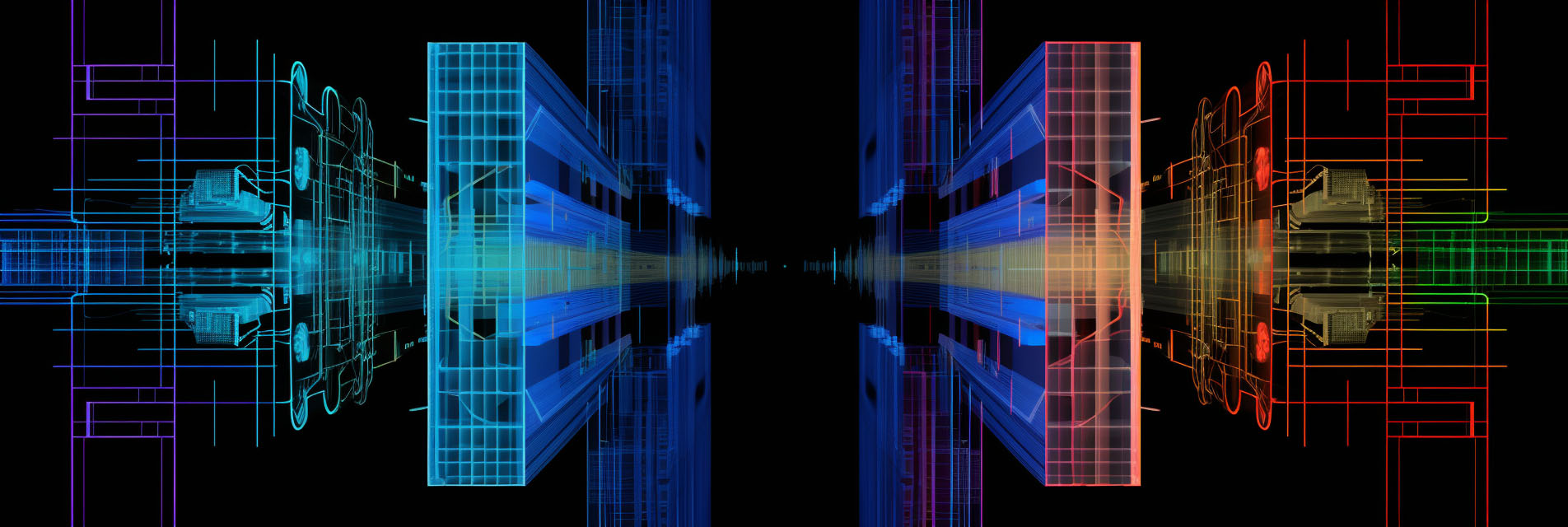Bidirectional encoder representations from transformers

BERT (Bidirectional Encoder Representations from Transformers) is a revolutionary natural language processing (NLP) technique developed by Google in 2018. Here are some key points about BERT:
- It is a bidirectional transformer model, meaning it reads text input sequentially from left to right and right to left to learn contextual relations between words.
- BERT is pretrained on massive amounts of text data using two novel unsupervised tasks - masked language modeling and next sentence prediction. This gives BERT a deep understanding of linguistic context.
- The pretrained BERT model can be fine-tuned on downstream NLP tasks like question answering and text classification very effectively.
- BERT has 12 transformer layers, 12 self-attention heads, and uses 768 dimensional embeddings for each input token.
- For a given text input, BERT generates a 768 dimensional vector representation for each token, capturing complex contextual information.
- BERT large variants like BERT-large have 24 layers, 16 heads, and 1024 dimensional embeddings giving even richer representations.
- Fine-tuning BERT achieves state-of-the-art results on many NLP benchmarks, outperforming previous models like ELMo and ULMFit.
- BERT's bidirectional pretraining is better than GPT's left-to-right transformer pretraining for understanding contextual relations in text.
- Overall, BERT's masked language modeling approach advanced the NLP field significantly and is widely used for transfer learning in NLP.
BERT is a breakthrough natural language model based on bidirectional transformers, pretrained using masked language modeling on large text corpora. It generates rich contextual word representations that significantly boost many downstream NLP tasks when fine-tuned.